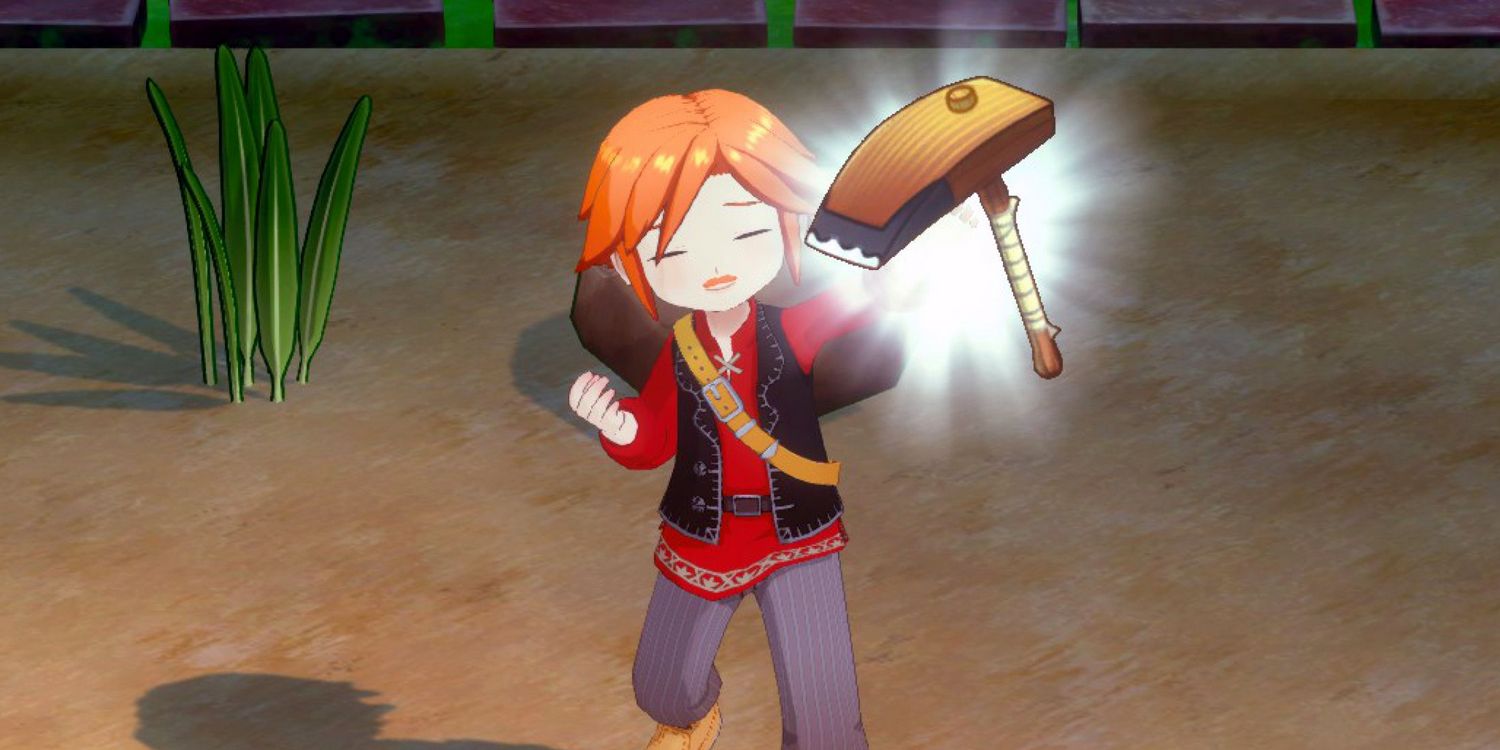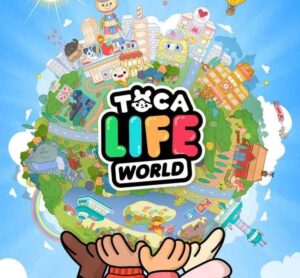 The highly-anticipated return of a classic, Story of Seasons: Grand Bazaar, has delighted fans of the farming simulation genre with its unique focus on a bustling, player-driven economy. Unlike other games in the series where you simply ship your produce, this title tasks you with running your own market stall every Saturday. This fundamental difference in its core gameplay loop means that your strategy for making money is completely different from other Story of Seasons titles. The crops you choose to plant in your first few days are crucial, as they determine your initial cash flow, your ability to purchase better tools, and your capacity to fund the upgrades needed to restore the titular bazaar to its former glory. This guide will help new players navigate the overwhelming early game and make the best decisions on which crops to buy first to maximize their profits and set themselves up for long-term success.
The highly-anticipated return of a classic, Story of Seasons: Grand Bazaar, has delighted fans of the farming simulation genre with its unique focus on a bustling, player-driven economy. Unlike other games in the series where you simply ship your produce, this title tasks you with running your own market stall every Saturday. This fundamental difference in its core gameplay loop means that your strategy for making money is completely different from other Story of Seasons titles. The crops you choose to plant in your first few days are crucial, as they determine your initial cash flow, your ability to purchase better tools, and your capacity to fund the upgrades needed to restore the titular bazaar to its former glory. This guide will help new players navigate the overwhelming early game and make the best decisions on which crops to buy first to maximize their profits and set themselves up for long-term success.
Early-game profitability in Story of Seasons: Grand Bazaar is less about a single high-value crop and more about a combination of factors: quick turnaround, high yield, and the ability to be processed into more valuable goods. We will break down the top crops for each of the first few seasons, providing you with a clear roadmap to financial stability. Remember, a good farmer is a prepared farmer, and in this game, every single Groschen counts.
 Spring: The Season of Quick Returns
Spring: The Season of Quick Returns
Your first season, Spring, is all about establishing a foothold and earning enough money to invest in your farm. The game provides you with Turnip Seeds to start, which are a decent introductory crop, but they are not the most profitable. To truly get ahead, you need to focus on crops that have a short growth cycle and can be easily processed for a higher value.
- Turnips: While not the most profitable, Turnips are a great early-game crop. They grow in just a few days, giving you quick cash for your first Bazaar. They are reliable and a good way to practice the game’s farming mechanics.
- Cabbage: A slightly more expensive seed than Turnips, Cabbage is an excellent choice for a farmer with a little bit of starting capital. It has a high selling price at the bazaar, and if you can manage to water it twice a day, its growth cycle is shortened, allowing you to get more harvests in a single week.
- Baby Blues (Flowers): Flowers are an often-overlooked source of income, but in Grand Bazaar, they are a powerful tool. In Spring, you can buy Baby Blue flower seeds. They grow relatively quickly, and while their raw value isn’t great, they can be processed at a windmill into valuable items like perfume or dyes. More importantly, they are a key item for an early-game quest, which can reward you with valuable tea seeds.
The best strategy for Spring is to diversify. Plant a mix of Turnips for a quick and steady income and invest in some Cabbage and Baby Blues to increase your overall profit. Don’t forget that you can also forage for items like herbs and wildflowers around town to supplement your income.
 Summer: The Season of Endless Harvests
Summer: The Season of Endless Harvests
Summer in Story of Seasons: Grand Bazaar is when your profits can truly begin to explode. This is because many of the best summer crops are “regrowing,” meaning you only have to plant them once, and they will continue to produce harvests for the entire season. This saves you valuable time and money on seeds.
- Corn: Corn is a fantastic regrowing crop. While a single cob doesn’t sell for a lot, its quick growth and ability to be processed make it a huge money-maker. You can turn it into Cornmeal at a windmill for a significant profit.
- Eggplant: The undisputed champion of early summer. Eggplants have a short growing cycle and regrow consistently. They are also part of several cooking recipes, which can further boost your profits at the bazaar.
- Yams: Another excellent regrowing crop, Yams have a very quick turnaround time. While they don’t sell for as much as others, their sheer volume and the ease with which you can harvest them make them a consistent source of income.
Your goal in Summer should be to fill your fields with as many regrowing crops as possible. This ensures that you have a steady stream of items to sell at every Saturday Bazaar without having to spend all your money on new seeds. It’s a key part of transitioning from a struggling farmer to a successful entrepreneur.
 The Power of the Windmill
The Power of the Windmill
One of the most important mechanics in Grand Bazaar is the Windmill. This is where you can take your raw crops and process them into more valuable goods. A single turn of your windmill can more than double the value of your crops. For example, turning a single Cabbage into an item for cooking can yield a massive profit. Similarly, transforming your Corn into Cornmeal is a key strategy for maximizing your earnings. The three windmills you can eventually access each have different recipes, and learning to use them efficiently is the secret to getting rich in this game. Always prioritize using your crops in the windmills for a massive boost to your profit margins at the Bazaar.










 Grand Theft Auto V
Grand Theft Auto V  Gacha Club
Gacha Club  Brawl Stars
Brawl Stars  God of War Ragnarök
God of War Ragnarök  BeamNG.drive
BeamNG.drive  NBA 2K24
NBA 2K24  EA SPORT FC 25
EA SPORT FC 25  Rust
Rust  Sonic the Hedgehog™ Classic
Sonic the Hedgehog™ Classic  Spring: The Season of Quick Returns
Spring: The Season of Quick Returns Summer: The Season of Endless Harvests
Summer: The Season of Endless Harvests The Power of the Windmill
The Power of the Windmill